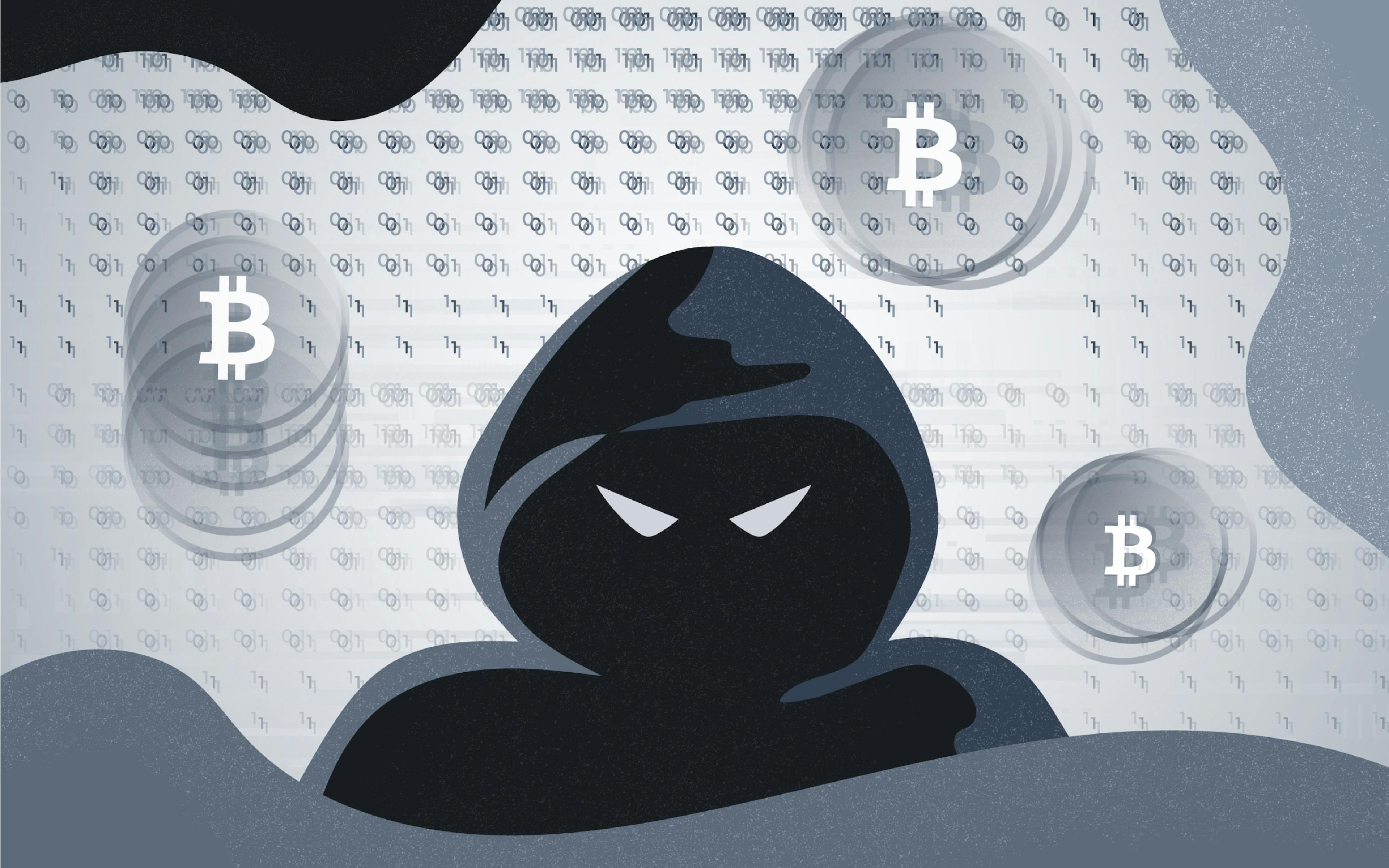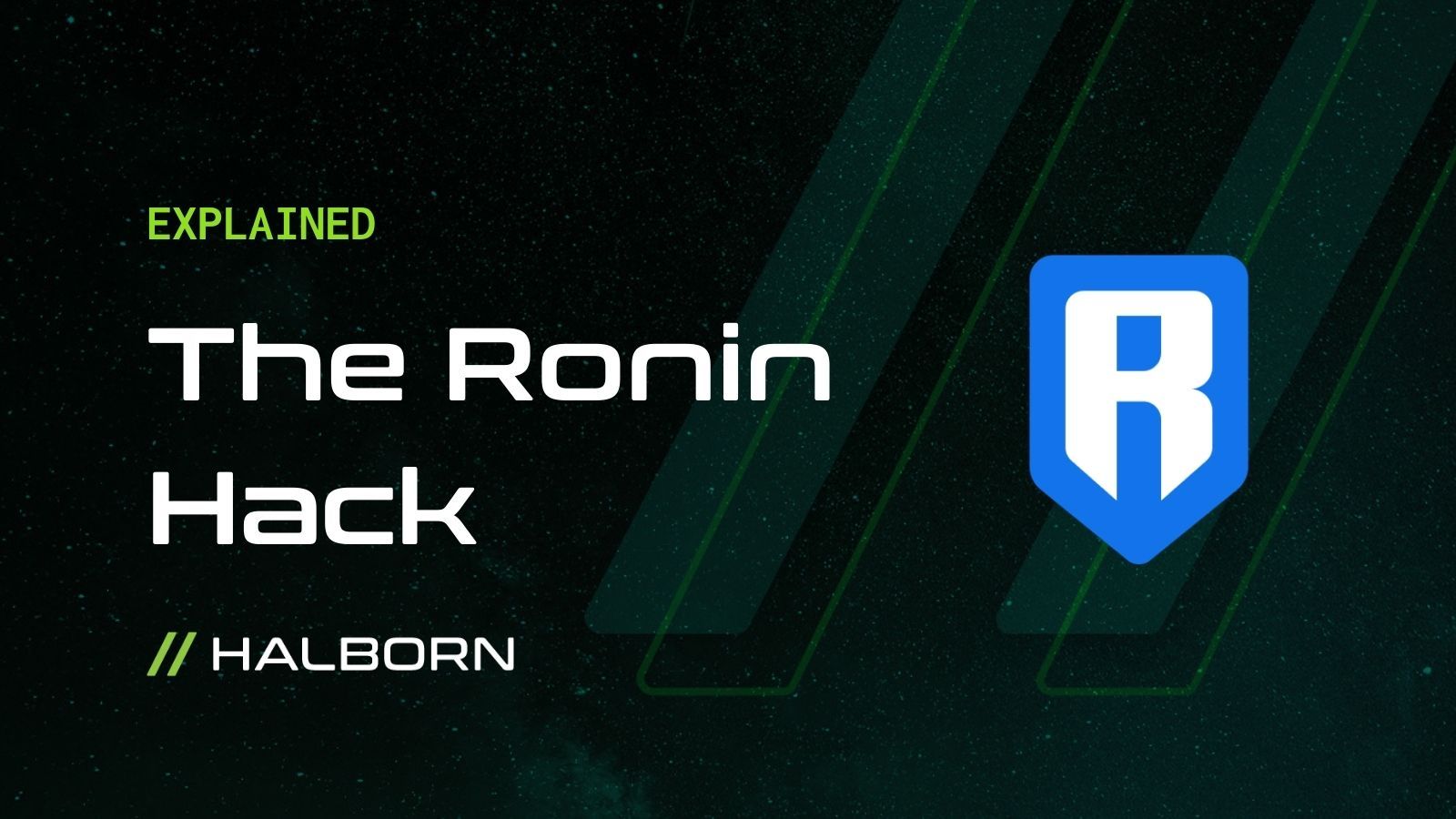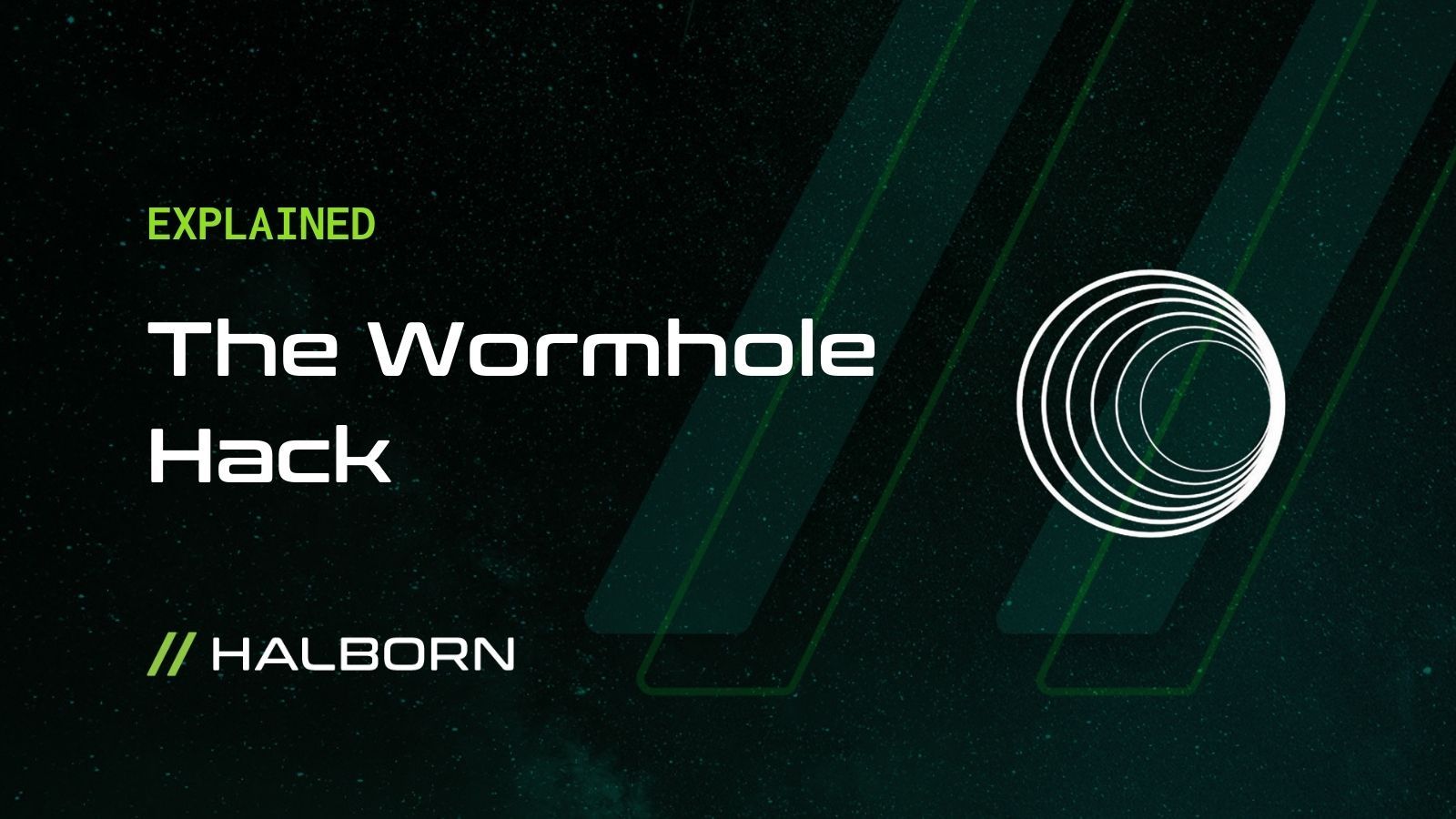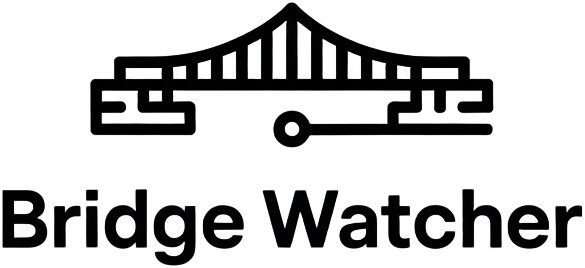
Cross-chain bridges have rapidly become the backbone of decentralized finance (DeFi) interoperability, moving billions in assets between disparate blockchains. But with this innovation comes a mounting security crisis. In 2022 and 2023 alone, bridge protocols accounted for nearly 40, 69% of all DeFi hacks, losing over $1, 2 billion to sophisticated attackers. This is not just a statistical anomaly – it’s a systemic risk vector that continues to threaten user funds and protocol reputations.

Why Are Cross-Chain Bridges So Vulnerable?
The inherent complexity of bridging assets across chains introduces new attack surfaces that traditional single-chain protocols do not face. Bridges must maintain consensus about asset states between two or more blockchains, often relying on validator sets, smart contracts, and off-chain infrastructure. Each layer can harbor critical vulnerabilities.
Let’s examine two high-profile real-world exploits that underscore the urgent need for robust cross-chain bridge security:
Major Cross-Chain Bridge Exploits and How to Mitigate Them
-

Ronin Bridge Validator Compromise (March 2022): Attackers gained control of five out of nine validator nodes on the Ronin Network, enabling them to forge withdrawals and steal $625 million in ETH and USDC. Mitigation: Increase validator decentralization, require a higher threshold for transaction approvals, implement robust monitoring and alerting for validator key activity, and enforce multi-party computation (MPC) or hardware security modules (HSMs) for key management.
-

Wormhole Smart Contract Vulnerability (February 2022): Exploiters leveraged an unchecked ‘verify_signature’ function in the Wormhole bridge’s smart contract, minting 120,000 wETH without corresponding collateral on Ethereum, resulting in a $325 million loss. Mitigation: Conduct comprehensive third-party audits focused on signature verification logic, implement formal verification for critical bridge contracts, and establish real-time on-chain monitoring to detect anomalous minting or withdrawal events.
Case Study #1: Ronin Bridge Validator Compromise ($625 Million Stolen)
In March 2022, the Ronin Bridge was hit by one of the largest attacks in DeFi history. Attackers managed to gain control of five out of nine validator nodes, a threshold sufficient to approve any transaction on the bridge. This allowed them to forge withdrawals and siphon $625 million in ETH and USDC undetected until it was too late.
What made Ronin so susceptible? The root cause was validator centralization. With only nine validators (and five needed for consensus), an attacker needed to compromise just over half to seize control. Compounding this risk was weak monitoring for unusual validator activity and insufficient key management practices.
How can this be mitigated?
- Increase validator decentralization: Expanding the number of independent validators makes coordinated attacks exponentially harder.
- Raise approval thresholds: Requiring more signatures for large transactions reduces single points of failure.
- Robust monitoring and alerting: Real-time systems should flag anomalous validator actions immediately.
- MPC and HSMs: Multi-party computation (MPC) or hardware security modules (HSMs) add layers of protection for private keys, making unauthorized access far less likely.
If you’re interested in deeper technical analysis on how centralized validators expose bridges to multi-billion dollar exploits, see this detailed breakdown.
Case Study #2: Wormhole Smart Contract Vulnerability ($325 Million Lost)
The Wormhole exploit in February 2022 demonstrated how a single overlooked function can lead to catastrophic losses. Here, attackers exploited an unchecked ‘verify_signature’ function within the bridge’s smart contract on Solana. By bypassing signature verification logic, they minted 120,000 wETH without corresponding collateral on Ethereum, resulting in a loss valued at $325 million at the time.
This incident revealed several critical lessons about blockchain bridge vulnerabilities. Even mature projects are susceptible if their codebases aren’t rigorously audited or formally verified, especially regarding cryptographic primitives like signature checks that underpin trust across chains.
- Audits must prioritize signature verification logic: Third-party reviews should focus intensively on these functions before mainnet deployment.
- Formal verification: Using mathematical proofs to validate smart contract behavior helps catch subtle bugs missed by standard audits.
- Real-time monitoring: On-chain analytics should detect anomalous minting or withdrawal events as soon as they occur, enabling rapid response before massive losses accrue.
The Bigger Picture: Bridge Exploits Are Not Outliers
The Ronin and Wormhole incidents are not isolated flukes, they illustrate systemic weaknesses endemic to current cross-chain bridge designs. With billions at stake and attackers growing more sophisticated each year, addressing these vulnerabilities is paramount for any team building or integrating with cross-chain infrastructure. In the next section, we’ll break down actionable mitigation strategies every project should implement now to reduce risk exposure, and why real-time risk scanning tools are becoming indispensable for DeFi security teams.
Mitigating Cross-Chain Bridge Risk: Actionable Strategies for Developers
To move the needle on cross-chain bridge security, DeFi teams must adopt a layered, data-driven approach. Real-world exploits like Ronin and Wormhole have made it clear: relying on audits or decentralization alone is not enough. Instead, a holistic risk management framework is needed, one that combines technical controls, operational vigilance, and continuous monitoring.
Major Cross-Chain Bridge Exploits & How to Mitigate Them
-

Ronin Bridge Validator Compromise (March 2022): Attackers gained control of five out of nine validator nodes, enabling them to forge withdrawals and steal $625 million. Mitigation: Increase validator decentralization and require a higher threshold for transaction approvals, implement robust monitoring and alerting for validator key activity, and enforce multi-party computation (MPC) or hardware security modules (HSMs) for key management.
-

Wormhole Smart Contract Vulnerability (February 2022): Exploiters leveraged an unchecked verify_signature function in the Wormhole bridge’s smart contract, minting 120,000 wETH without corresponding collateral on Ethereum, resulting in a $325 million loss. Mitigation: Conduct comprehensive third-party audits focused on signature verification logic, implement formal verification for critical bridge contracts, and establish real-time on-chain monitoring to detect anomalous minting or withdrawal events.
Validator decentralization remains the most effective defense against validator compromise attacks. By increasing the number of independent validators and raising approval thresholds (as highlighted in the Ronin case), projects can make coordinated takeovers exponentially more difficult. But decentralization must be paired with robust key management. Hardware security modules (HSMs) or multi-party computation (MPC) protocols ensure no single entity can unilaterally access validator keys, even if infrastructure is breached.
For smart contract vulnerabilities like those exploited in Wormhole, the lesson is clear: audits are necessary but not sufficient. Developers should:
- Prioritize signature verification logic during code reviews and external audits, these are often overlooked yet critical trust anchors.
- Pursue formal verification, especially for high-value contracts that manage minting or burning of wrapped assets.
- Implement real-time on-chain analytics to detect abnormal minting or withdrawal events before attackers can drain funds.
This proactive posture should be complemented by strong operational policies: mandatory code review checklists, incident response playbooks, and regular red-teaming exercises to simulate attack scenarios. These practices not only catch bugs before they go live but also ensure teams can respond rapidly if an exploit occurs.
Staying Ahead: The Role of Real-Time Risk Scanners in DeFi Security
The emergence of automated risk scanners marks a turning point for mitigating cross-chain risk. These tools continuously monitor bridge contracts and validator activity across multiple chains, surfacing suspicious transactions or contract upgrades in real time. By integrating such scanners into their security stack, DeFi protocols gain early warning signals that can prevent catastrophic losses.
The bottom line? As billions flow through bridges every month, project teams cannot afford to treat security as an afterthought. The two case studies above demonstrate how quickly a single oversight can turn into a nine-figure loss. By embracing comprehensive audits, decentralized validation structures, secure key management practices, and real-time monitoring solutions, developers can dramatically reduce their exposure to systemic threats, and set a new standard for blockchain interoperability safety.
Want to dig deeper? Explore our guides on common attack vectors in cross-chain bridges, or see how real-time monitoring improves bridge security here.






